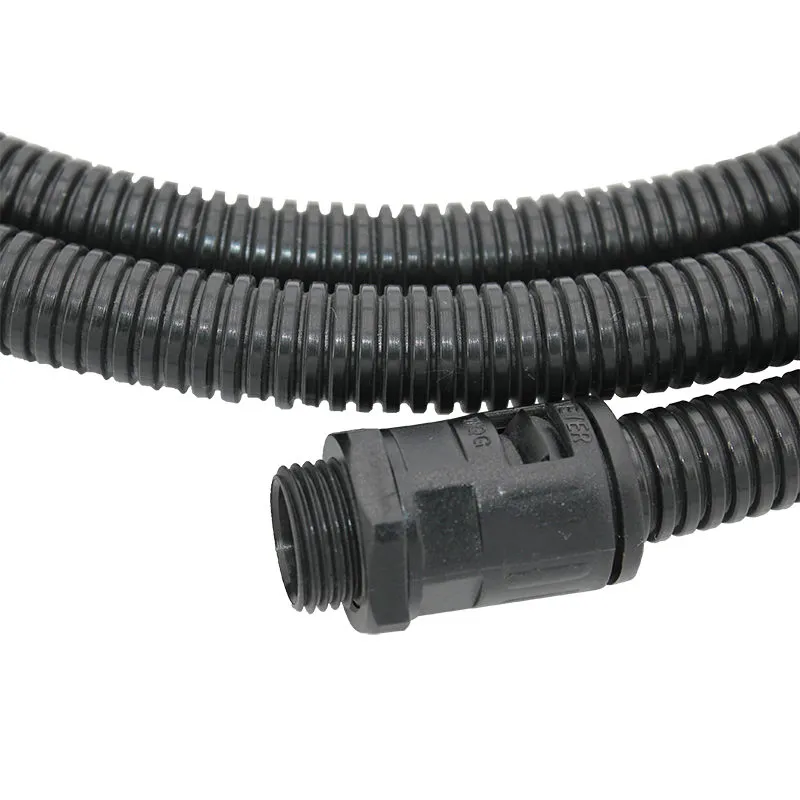synchronous pulley
Understanding Synchronous Pulleys Enhancing Efficiency in Mechanical Systems
Synchronous pulleys, also referred to as timing pulleys, play a crucial role in various mechanical systems by ensuring precise power transmission and synchronization between moving components. Their design and functionality have revolutionized the way machines operate, making them indispensable in numerous applications, from automotive engines to industrial machinery.
At its core, a synchronous pulley consists of a specific tooth profile that meshes seamlessly with a corresponding belt. Unlike traditional V-belts that rely on friction to transmit power, synchronous belts and pulleys operate on the principle of positive engagement. This means that the teeth of the belt fit into the grooves of the pulley, facilitating a more efficient and reliable connection. This design feature minimizes slippage, allowing for accurate timing and synchronization of rotational speeds, thereby enhancing the overall performance of mechanical systems.
One of the primary advantages of synchronous pulleys is their ability to maintain precise timing. In machinery where accurate synchronization is critical, such as in automotive camshaft drives, the use of synchronous pulleys ensures that the engine's valves open and close at exactly the right time in relation to the position of the pistons. Any misalignment can lead to catastrophic failures, but with synchronous pulleys, such risks are significantly reduced.
synchronous pulley

Moreover, the efficiency of synchronous pulleys makes them a preferred choice over traditional belt systems in numerous applications. They can transmit power over longer distances without losing torque or speed, making them ideal for heavy-duty applications. The reduced slippage results in less wear on the system, extending the lifespan of both belts and pulleys and reducing maintenance costs over time.
Synchronous pulleys also offer flexibility in design and integration. They come in various sizes and configurations to accommodate different shaft diameters and load requirements. Additionally, they can be paired with different types of synchronous belts (such as polyurethane or rubber), allowing engineers to customize systems according to specific operational demands. This adaptability is vital in industries ranging from manufacturing to robotics, where varying loads and speeds are commonplace.
However, it's essential to recognize the importance of proper alignment and tensioning when utilizing synchronous pulleys. Misalignment can lead to premature wear and potential failure, while incorrect tension can either lead to slippage or excessive wear. Routine maintenance checks are necessary to ensure that the pulleys and belts remain in optimal condition, thereby maximizing their efficiency and longevity.
In conclusion, synchronous pulleys are a critical component in the realm of mechanical engineering, providing a reliable and efficient means of power transmission. Their ability to maintain precise timing, coupled with their adaptability and reduced maintenance needs, makes them a cornerstone in various industrial applications. As technology advances, we can expect further innovations in synchronous pulley systems, paving the way for even greater efficiency and performance in mechanical design. By understanding and utilizing these systems effectively, industries can enhance productivity and reliability in their operations.








